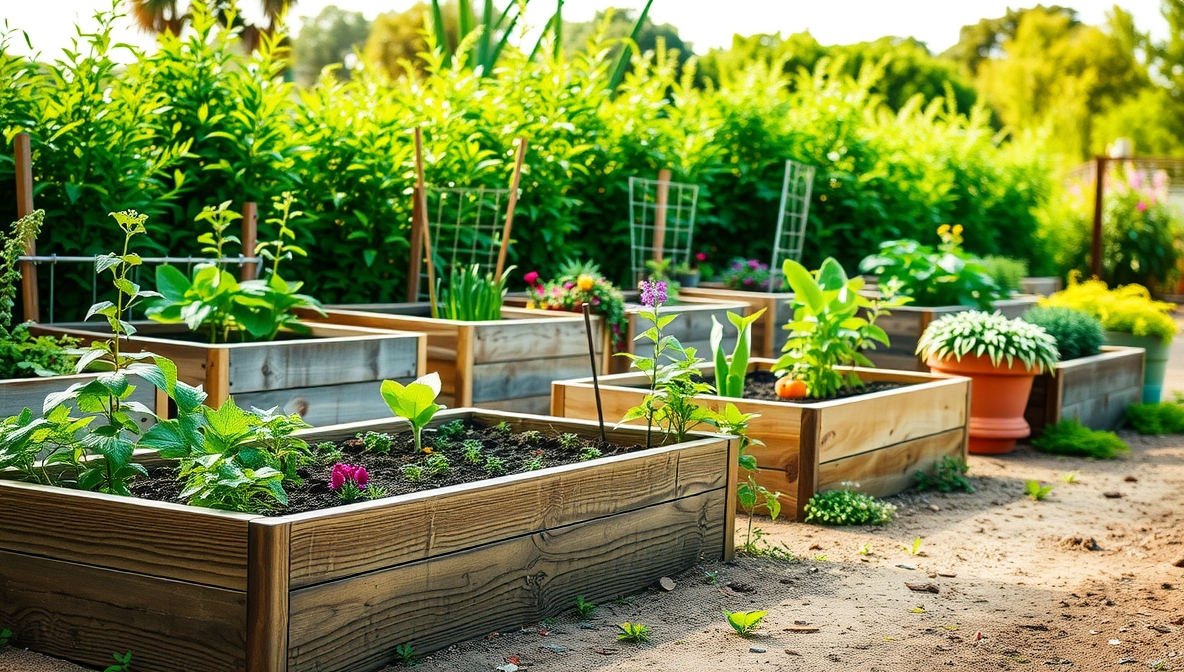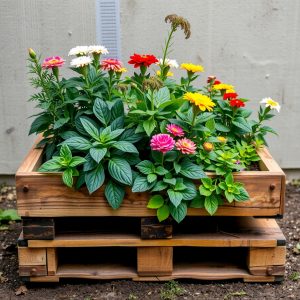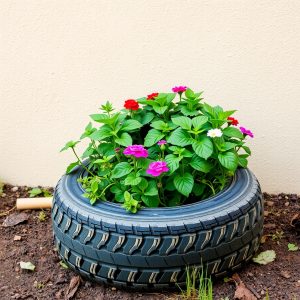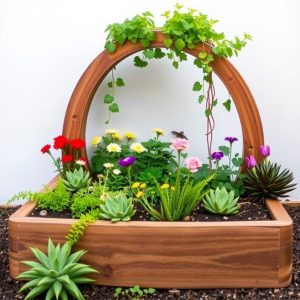
Fresh DIY Raised Garden Bed Ideas That Dig Deep Into Style and Function

backyard can tell stories, and a well-crafted raised garden bed speaks of both purpose and creativity. Raised beds aren’t just about planting in straight rows—they offer a chance to bring personality, structure, and clever design into outdoor spaces. From sleek modern frames to rustic wooden boxes, every bed becomes a reflection of the gardener behind it.
Compact yards thrive with tiered beds that add vertical appeal while maximizing space. Reclaimed materials like old pallets or bricks introduce charm and sustainability in one stroke. Cedar wood frames hold up strong through the seasons and give the garden a clean, classic look. Straw bales bring a whimsical twist and double as compost-rich soil beds.
A well-placed garden bed doesn’t simply grow food—it turns into a centerpiece. Families gather around it, kids learn where carrots come from, and fresh herbs make it from soil to skillet in minutes. These raised bed ideas aren’t bound by rules or square shapes. They invite experimentation, embrace imperfections, and grow more than just vegetables—they grow joy. Dig in and let your backyard rise with fresh inspiration
DIY Raised Garden Bed Ideas
Raised garden beds offer a smart way to grow vegetables, herbs, or flowers. They help improve soil drainage, reduce weeds, and keep your garden organized. If you want to start a garden without spending too much, here are ten easy and creative raised garden bed ideas to try.
1. Wooden Frame Garden Bed

Wood is a popular material for garden beds. It’s easy to find and simple to work with. You can use pine, cedar, or redwood. Cut four planks to the size you want. Nail or screw them together to form a rectangle. Make sure the corners are strong. Line the bottom with cardboard or garden fabric to stop weeds. Fill it with soil, and you’re ready to plant.
2. Cinder Block Raised Bed
Cinder blocks make strong and long-lasting garden beds. Lay them in a rectangle or square on the ground. Stack them one or two rows high. Leave the holes facing up. You can fill those holes with soil and grow herbs or flowers. This type of bed needs no nails or screws. It’s great for people who want a low-cost and quick setup.
3. Recycled Pallet Garden Bed

Old wooden pallets work well for small garden beds. Use a whole pallet or take it apart. Remove any nails and sand rough edges. Place landscape fabric at the bottom. Fill the gaps between the boards with soil. You can grow shallow-rooted plants like lettuce or spinach. Pallet beds are good for patios or small yards.
4. Metal Sheet Raised Bed
Metal sheets create a modern look. Use corrugated steel or other strong metal. Build a frame with wood or metal to hold the sheets in place. Make sure there are no sharp edges. This type of bed warms up fast in spring. It’s ideal for early planting. Always check for rust or damage each season.
5. Tire Garden Bed

Old tires can be useful in the garden. Wash them well before use. Stack one or two tires to form a circle. Line the bottom with fabric if needed. Fill with soil and plant vegetables or flowers. Tires hold heat well and protect plants from the cold. This idea works well for small spaces.
6. Raised Bed with Trellis
A trellis helps climbing plants like beans or tomatoes. Build a simple wooden or metal frame. Add a trellis to one side or in the middle. It gives support and saves space. Use it for vine crops that grow up instead of out. This setup keeps plants off the ground and makes harvest easy.
7. Straw Bale Raised Bed

Straw bales can become instant garden beds. Place bales in a row or square shape. Water them for a few days to soften. Add compost or soil into the center. Straw bales hold moisture well. They break down over time and improve the soil. These beds are perfect for temporary gardens.
8. Brick Garden Bed
Bricks make a clean and solid border. Stack them in layers to form a bed. You don’t need mortar unless you want a more permanent structure. Bricks stay in place and last many years. This type of bed looks neat and blends well with most yards.
9. Keyhole Garden Bed

A keyhole bed has a round shape with a path to the center. It looks like a keyhole from above. Build it with stones, bricks, or wood. Add compost in the center as a feeding core. This design makes it easy to reach all parts of the bed. It saves water and gives rich soil for plants.
10. Raised Bed on Legs
This bed works well for people who cannot bend or kneel. Build a wooden box and attach strong legs. Raise it to waist height. Add a bottom with small holes for drainage. These beds are good for patios, decks, and balconies. Grow herbs, flowers, or shallow-rooted veggies.
FAQs
What is the best material for raised garden beds?
Wood is common and easy to use. Cedar and redwood last longer. Metal, bricks, and cinder blocks also work well.
How deep should a raised garden bed be?
Most beds need 6 to 12 inches of soil. Root crops like carrots need more depth.
Do raised beds need a bottom?
Not always. Most sit right on the ground. Use fabric or cardboard if you want to block weeds.
Can I use old tires for garden beds?
Yes, but clean them well. Use them for flowers or non-edible plants if you’re unsure.
How do I fill a raised garden bed cheap?
Use logs, branches, and leaves on the bottom. Add compost, soil, and mulch on top.
Conclusion
DIY raised garden beds give you control over your garden space. You can build them from many materials like wood, bricks, metal, or even straw. Some ideas need only simple tools. Others use things you already have at home. Start small, choose the best style for your space, and enjoy growing your own plants. Raised beds make gardening easier and more fun for everyone
